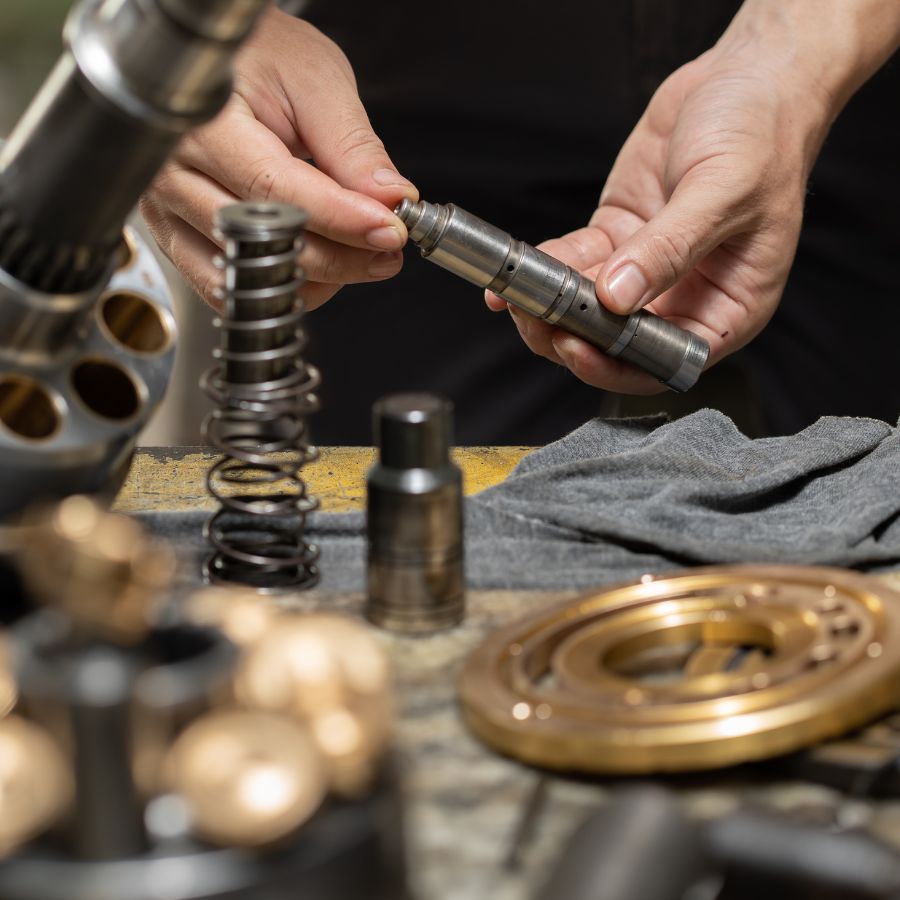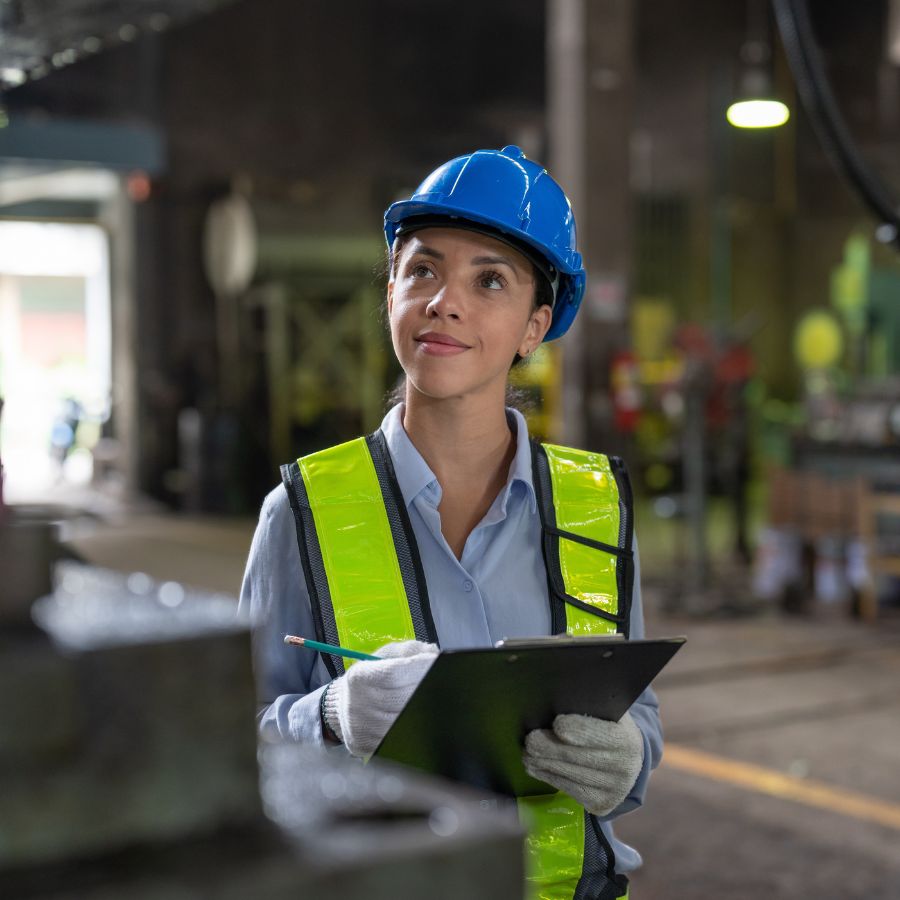Reduces costs
Reduces costs
Preventive maintenance allows you to make an early diagnosis, which prevents any future problems and saves on parts and transportation.
Optimizes production
Optimizes production
It reduces the time that appliances may be out of service, in addition to reducing the waiting time for appliance repair.
Increases safety
Increases safety
With frequent revisions, the wear and tear of parts can be detected, and equipment can be kept in optimal conditions. This increases the safety of operators.
Improves and lengthens the useful life of equipment
Improves and lengthens the useful life of equipment
Preventive maintenance of equipment prevents possible future breakdowns from becoming more serious. At the same time, it improves and extends the useful life cycle of appliances.





